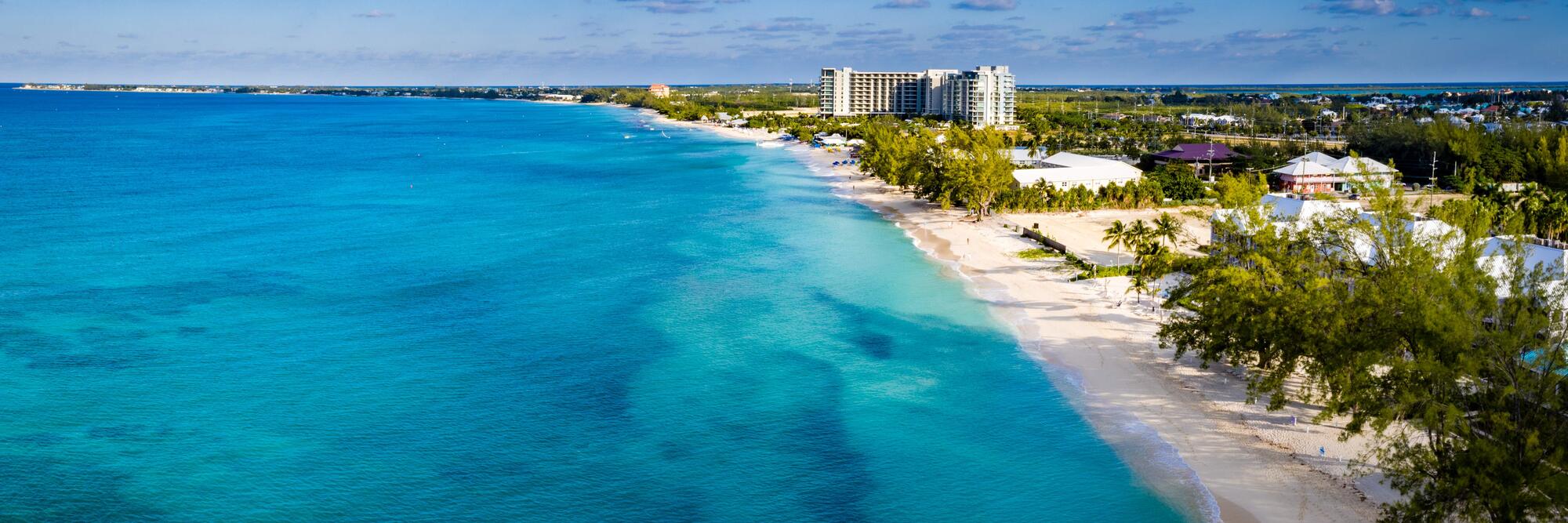The Cayman Islands enjoy a tropical marine climate, offering warm weather year-round. With an average annual temperature of 81°F (27°C), you can expect balmy days and sultry nights, whether you’re here for work or play. Summers often bring highs above 90°F (32°C), and recent climate trends suggest a gradual warming. Even at night, temperatures rarely dip below 70°F (25°C).
There are two distinct seasons: dry and wet. The dry season, from November to April, delivers sunshine, gentler humidity, and a welcome breeze – ideal conditions for outdoor activities. It’s the most popular time to visit or relocate, but don’t be fooled: the sun can still be relentless. Stay hydrated, seek shade, and wear breathable clothing to beat the heat.
The wet season, from May to October, sees heavier rainfall, peaking between June and October. Thunderstorms are common, and the humidity soars. Annual rainfall averages between 47 and 59 inches (1,200mm to 1,500mm), with the rainiest months sometimes exceeding 8 inches (200mm). Despite the occasional downpour, life goes on – expect short, intense bursts of rain rather than all-day drizzles.
Coastal areas tend to be breezier, while inland spots with dense vegetation are slightly cooler and more humid. The sea itself changes with the seasons: winter brings choppier waters due to stronger winds, making diving and boating more challenging, while summer sees calmer seas – although it’s also peak hurricane season.
Hurricanes are part of island life. The Cayman Islands sit within the Atlantic hurricane belt, meaning storms are a real threat, especially from June to November. Historically, a major hurricane impacts the islands every five to 10 years, with past storms like Hurricane Ivan (2004) and Hurricane Grace (2021) leaving their marks.
